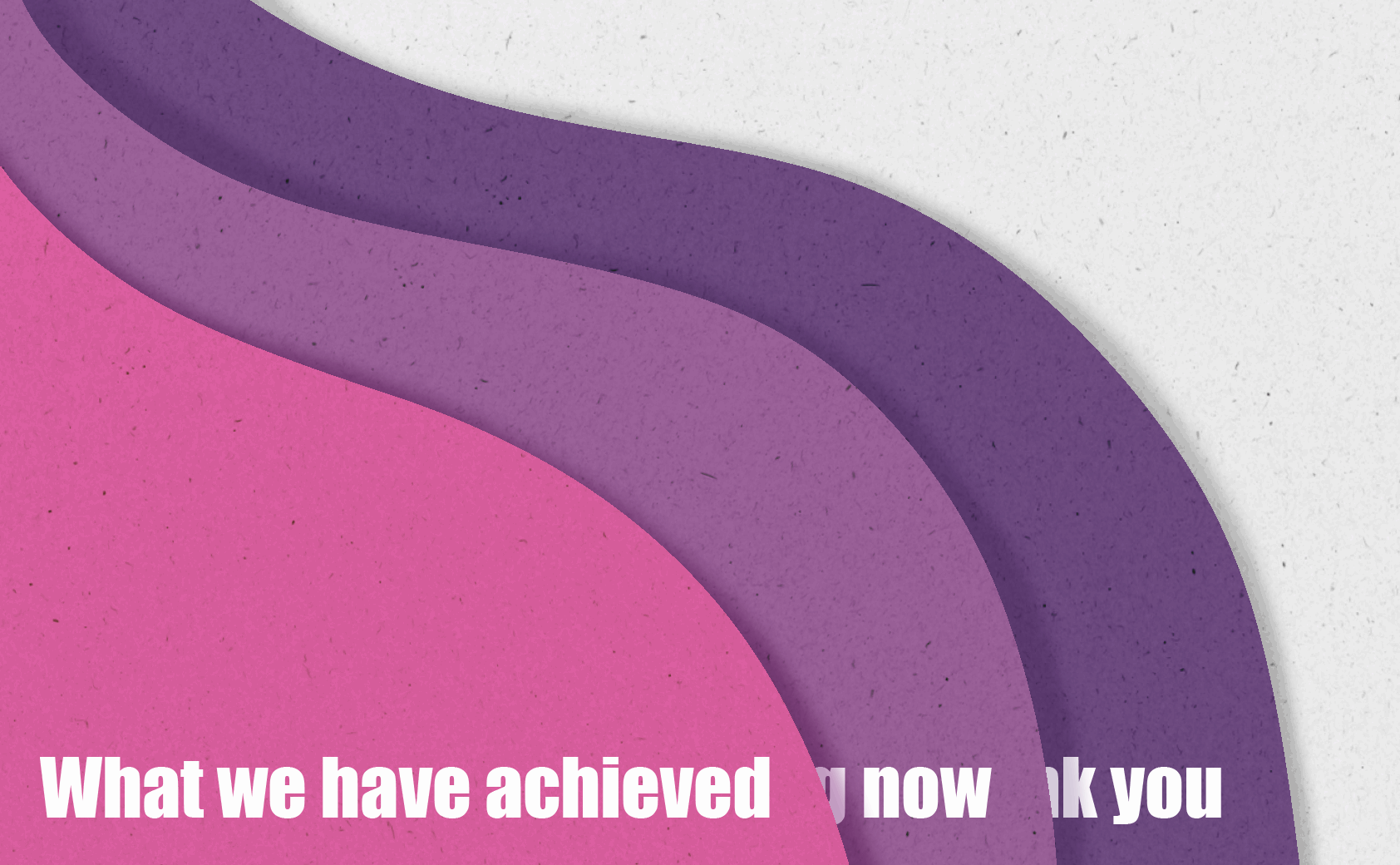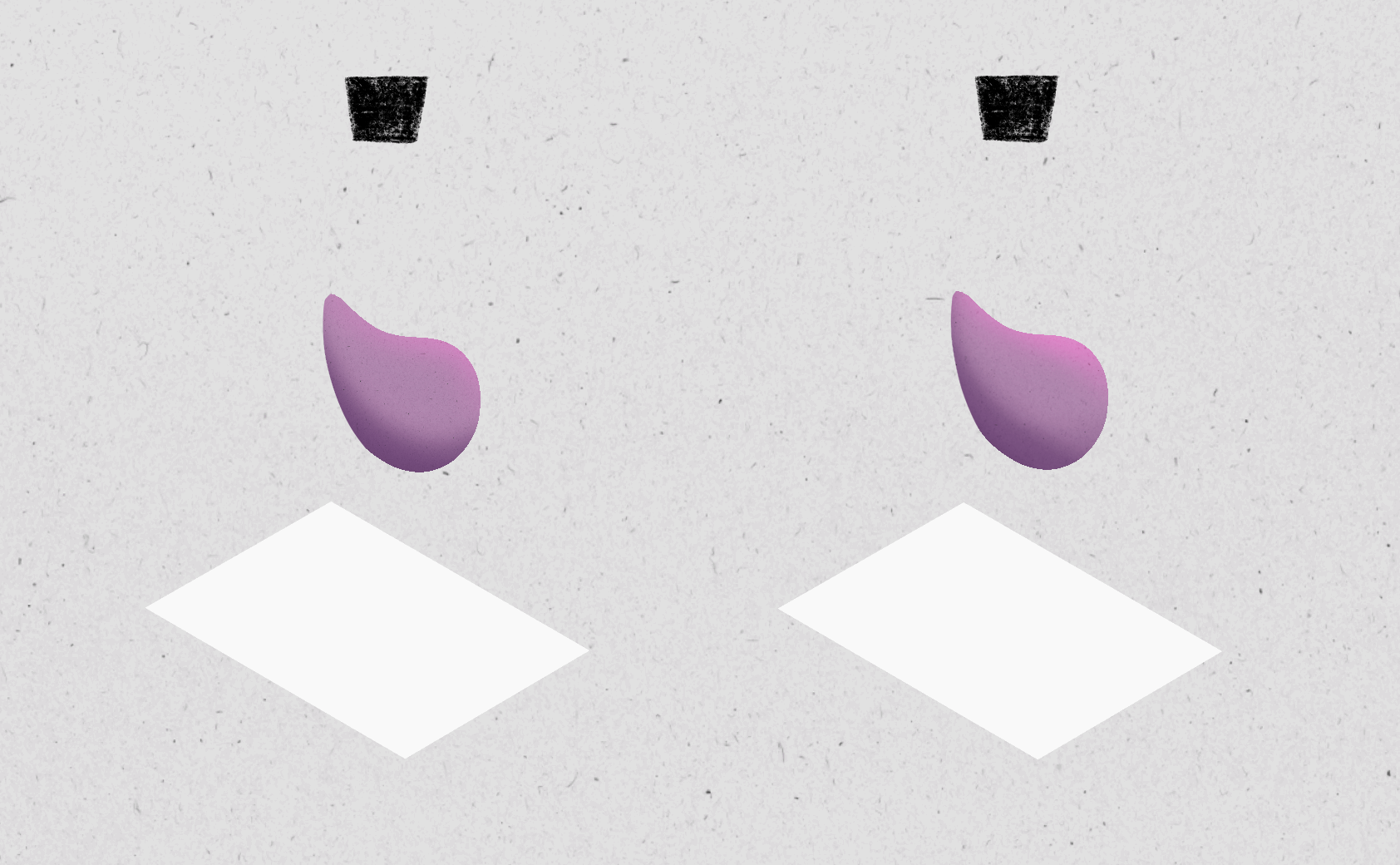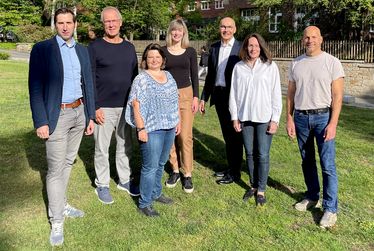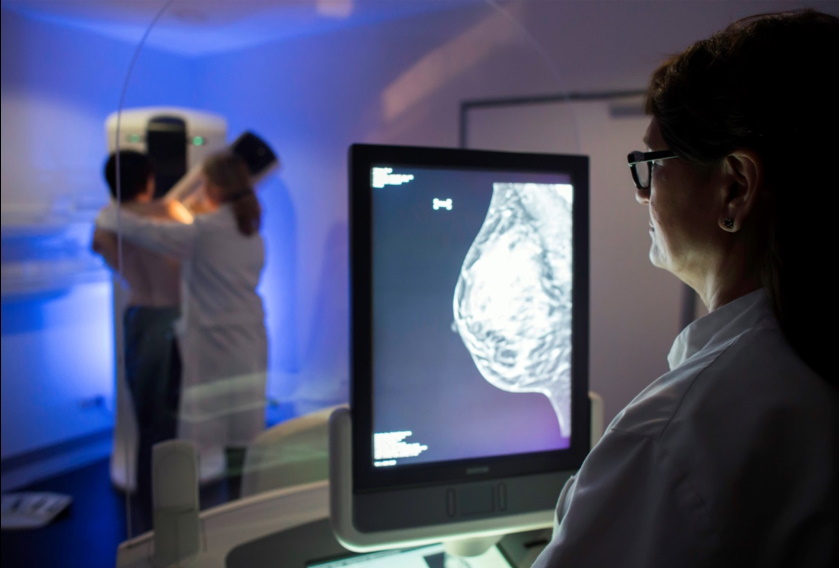False-Positive Recall and Biopsy Rates in Breast Cancer Screening: Insights from TOSYMA
B. Mesurolle, M. El Khoury
Radiology. 2025 Sep;316(3):e252367. doi: 10.1148/radiol.252367.
False-Positive Recall and False-Positive Biopsy Rates in Mammography Screening: A TOSYMA Trial Subanalysis.
S. Weigel, H.W. Hense, V. Weyer-Elberich, J. Gerß, W. Heindel; TOSYMA Screening Trial Group.
Radiology. 2025 Sep;316(3):e251014. doi: 10.1148/radiol.251014.
Radiological Tumor Signs of Breast Cancer in UICC Stage I: Subanalysis of the Randomized Controlled Trial TOSYMA
S. Weigel, H.W. Hense, V. Weyer-Elberich, J. Gerß, W. Heindel
Rofo. 2025 Mar 26. doi: 10.1055/a-2544-9085. Online ahead of print.
Radiation exposure and screening yield by digital breast tomosynthesis compared to mammography: results of the TOSYMA Trial breast density related
A. Sommer, S. Weigel, H.W. Hense, J. Gerß, V. Weyer-Elberich, L. Kerschke, E. Nekolla, H. Lenzen, W. Heindel
Eur Radiol. 2025 Jan;35(1):166-176. doi: 10.1007/s00330-024-10847-9. Epub 2024 Jul 16.
Increased detection of relevant breast cancers with DBT in mammography screening?
S. Weigel, V. Weyer-Elberich, H.W. Hense, T. Decker, J. Gerß, W. Heindel
Senologie - Zeitschrift für Mammadiagnostik und -therapie 2024; 21(03): 219-226. doi: 10.1055/a-2287-2854
Breast cancer screening with digital breast tomosynthesis: Is independent double reading still required?
S. Weigel, H.W. Hense, V. Weyer-Elberich, J. Gerß, W. Heindel
Rofo. 2024 Aug;196(8):834-842. doi: 10.1055/a-2216-1109. Epub 2024 Jan 31.
Breast Cancer Detection: Digital Breast Tomosynthesis with Synthesized Mammography versus Digital Mammography
Su Min Ha, Jung Min Chang
Radiology. 2023 Dec;309(3):e232911. doi: 10.1148/radiol.232911.
Digital Breast Tomosynthesis versus Digital Mammography for Detection of Early-Stage Cancers Stratified by Grade: A TOSYMA Subanalysis
S. Weigel* , W. Heindel*, T. Decker, V. Weyer-Elberich, L. Kerschke, J. Gerß, H.W. Hense, for the TOSYMA Screening Trial Study Group
*S.W. and W.H. contributed equally to this work.
Radiology. 2023 Dec;309(3):e231533. doi: 10.1148/radiol.231533.
Intratumoral heterogeneity after targeted therapy in murine cancer models with differing degrees of malignancy
M. Gerwing, E. Hoffmann, C. Geyer, A. Helfen, B. Maus, R. Schinner, L. Wachsmuth, W. Heindel, M. Eisenblaetter, C. Faber, M. Wildgruber
Transl Oncol. 2023 Nov:37:101773. doi: 10.1016/j.tranon.2023.101773. Epub 2023 Sep 2.
Artificial Intelligence for Indication of Invasive Assessment of Calcifications in Mammography Screening
S. Weigel, A. Brehl, W. Heindel, L. Kerschke
Rofo. 2023 Jan;195(1):38-46. doi: 10.1055/a-1967-1443. Epub 2023 Jan 1.
Initial Results of 68Ga-FAPI-46 PET/MRI to Assess Response to Neoadjuvant Chemotherapy in Breast Cancer
P. Backhaus, M. C. Burg, I. Asmus, M. Pixberg, F. Büther, H.-J. Breyholz, R. Yeh, S. Weigel, P. Stichling, W. Heindel, S. Bobe, P. Barth, J. Tio, M. Schäfers
J Nucl Med. 2023 May;64(5):717-723. doi: 10.2967/jnumed.122.264871. Epub 2022 Nov 17.
Lessons Learned from the Randomized Controlled TOmosynthesis plus SYnthesized MAmmography (TOSYMA) Trial
Cindy S. Lee, Linda Moy
Radiology. 2023 Feb;306(2):e222178. doi: 10.1148/radiol.222178. Epub 2022 Oct 4.
Breast Density and Breast Cancer Screening with Digital Breast Tomosynthesis: A TOSYMA Trial Subanalysis
S. Weigel*, W. Heindel*, H.W. Hense, T. Decker, J. Gerß, L. Kerschke, for the TOSYMA Screening Trial Study Group
*SW and WH contributed equally to this work.
Radiology. 2023 Feb;306(2):e221006. doi: 10.1148/radiol.221006. Epub 2022 Oct 4.
Multiparametric MRI enables for differentiation of different degrees of malignancy in two murine models of breast Cancer
M. Gerwing, E. Hoffmann, K. Kronenberg, U. Hansen, M. Masthoff, A. Helfen, C. Geyer, L. Wachsmuth, C. Höltke, B. Maus, V. Hoerr, T. Krähling, L. Hiddeßen, W. Heindel, U. Karst, M. A. Kimm, R. Schinner, M. Eisenblätter, C. Faber, M. Wildgruber
Front Oncol. 2022 Nov 2:12:1000036. doi: 10.3389/fonc.2022.1000036. eCollection 2022.
Erste Ergebnisse zur multizentrischen, randomisierten, kontrollierten Brustkrebs-Diagnostikstudie ToSyMa
W. Heindel, S. Weigel
Senologie - Zeitschrift für Mammadiagnostik und -therapie 2022; 18(02): 125-126; DOI: 10.1055/a-1826-6228
Surrogate endpoints in breast cancer screening trials - Authors' Reply
W. Heindel, S. Weigel, H.W. Hense
Lancet Oncol. 2022 Aug;23(8):e361. doi: 10.1016/S1470-2045(22)00396-5.
Digital breast tomosynthesis plus synthesized mammography versus digital screening mammography for the detection of invasive breast cancer (TOSYMA): a multicentre, open-label, randomized, controlled, superiority trial
W. Heindel*, S. Weigel*, J. Gerß, H.W. Hense, A. Sommer, M. Krischke, L. Kerschke, for the TOSYMA Screening Trial Study Group
*WH and SW contributed equally to this work.
Lancet Oncol. 2022 May;23(5):601-611. doi: 10.1016/S1470-2045(22)00194-2. Epub 2022 Apr 12.
Simultaneous FAPI PET/MRI Targeting the Fibroblast-Activation Protein for Breast Cancer
P. Backhaus, M. C. Burg, W. Roll, F. Büther, H.J. Breyholz, S. Weigel, W. Heindel, M. Pixberg, P. Barth, J. Tio, M. Schäfers
Radiology. 2022 Jan;302(1):39-47. doi: 10.1148/radiol.2021204677. Epub 2021 Oct 12.
Systematische und qualitätsgesicherte Früherkennung des sporadischen Mammakarzinoms: Update Screening-Effekte und wissenschaftliche Studien
W. Heindel, K. Bock, G. Hecht, S. Heywang-Köbrunner, V. Kääb-Sanyal, K. Siegmann-Luz, S. Weigel
Radiologe. 2021 Feb;61(2):126-136. doi: 10.1007/s00117-020-00803-1. Epub 2021 Jan 25.
The TOSYMA RCT: Increasing the study sample size to assess the effect of DBT on interval cancer rates in mammography screening
W. Heindel, S. Weigel, L. Kerschke, K. Spieker, H.W. Hense, J. Gerss
BMJ Open. 2020 Nov 2022
Digital breast tomosynthesis plus synthesised images versus standard full-field digital mammography in population-based screening (TOSYMA): protocol of a randomised controlled trial
S. Weigel, J. Gerss, H.W. Hense, M. Krischke, A. Sommer, J. Czwoydzinski, H. Lenzen, L. Kerschke, K. Spieker, S. Dickmaenken, S. Baier, M. Urban, G. Hecht, O. Heidinger, J. Kieschke, W. Heindel
BMJ Open. 2018 May 14;8(5):e020475. doi: 10.1136/bmjopen-2017-020475.






